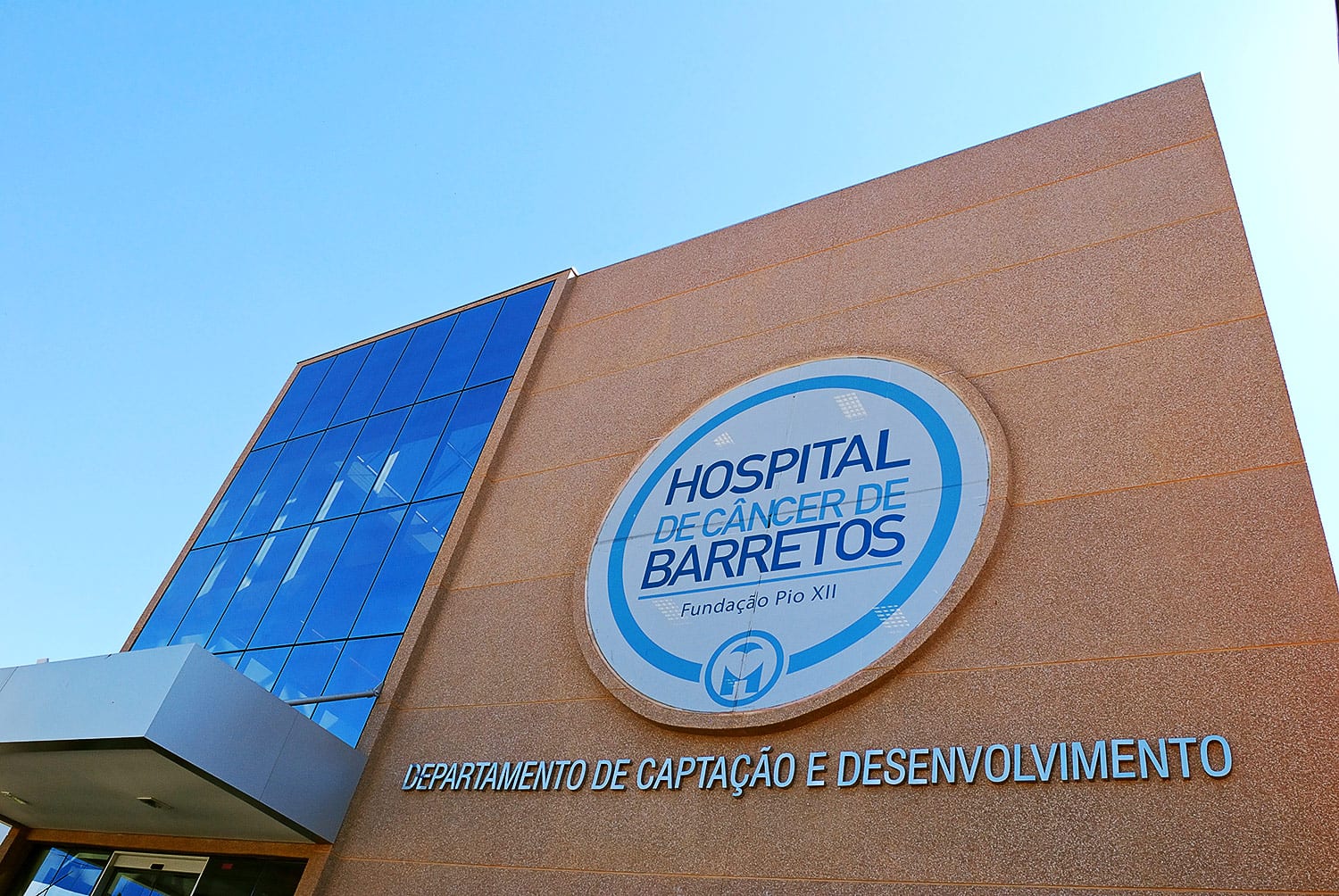Something that I learned while interning in Nicaragua last year is that “biomedical engineering”, as we call it in the United States, isn’t really an established phrase within Central America. In the U.S., the term “biomedical engineering” (BME) usually refers to the design of medical technology based on science, various engineering disciplines, and current clinical needs. However, what some people don’t realize is that the concept of BME is relatively new and hasn’t really formed in other parts of the world. Fast forward from last year to the present, i.e. 2018 Costa Rica, and I’ve been reminded that if you go around saying things like “I graduated with a degree in Biomedical Engineering” or “I’m pursuing my Master of Bioengineering,” many people won’t quite know what you mean. For example, my coworkers in Nicaragua last year assumed that I was studying a vocational-technical degree focused on troubleshooting and repairing hospital equipment, while my current team members here in Costa Rica initially thought I had studied biochemistry. (FYI, my education was heavily focused on the electrical engineering side – not mechanical engineering or biochemistry.) All of this leads to a good point: biomedical engineering is a broad field with a wide variety of subcategories, and the term can mean different things to different people.

A little throwback to when I interned at clinics in Nicaragua last summer.
The term “biomedical engineering” there is used synonymously with “electromedicine” which is a vo-tech degree designed to train people to repair hospital equipment.
The reason I’m pointing all of this out is due to an interesting experience at work last week. I discovered that many of my coworkers never took classes like Anatomy and Physiology or Quantitative Biology as college students, simply because they pursued fields other than BME (again, BME isn’t really a degree program here) and were, therefore, not required to take them (and may not have anticipated pursuing a career in medtech design). Last Monday, we had a meeting at work where clinicians came in and explained the clinical applications of some of BSC’s newest devices. During their presentations, they discussed general physiological concepts to give context to the devices, and many of these concepts were new to my coworkers. Afterwards, I explained to them that the reason my degree was called “biomedical engineering” was because I learned electrical engineering skills and relevant human anatomy and physiology. All of this has simply been an interesting observation to me, as I wonder if biomedical engineering will spread to universities in Costa Rica or Nicaragua and future students will have the option of pursuing the same degree as my GMI classmates and me. I will have to pay attention to this in the years to come!
In other news, I found out recently that during this upcoming school year I will be working with Annie and Sylvie on three implementation projects, and two of them are based in Barretos, Brazil! The project that I’ll lead is called PalliAssist. PalliAssist is an app that enables terminally ill patients to communicate wirelessly with their palliative care providers. PalliAssist has been worked on within GMI for at least a year now, and my current job is to read as much as I can about it so I’m prepared to make some decisions starting next month. While I do feel a little intimated by all the knowledge transfer I’m about to attempt, I am excited to learn more and develop relationships with partners at home and abroad. Also, I guess I should start learning Portuguese! (Sidenote – I did, in fact, download an app this morning that provides free Portuguese lessons. Vamos fazer isso!)

